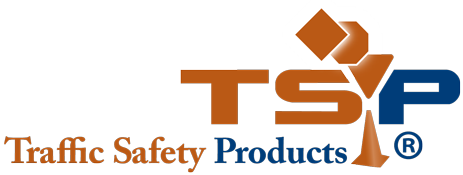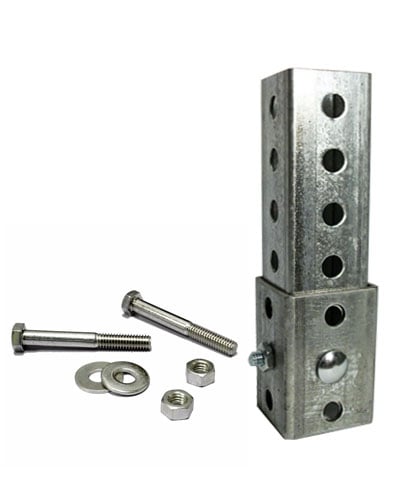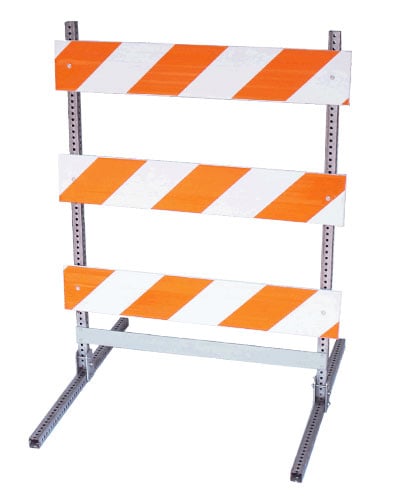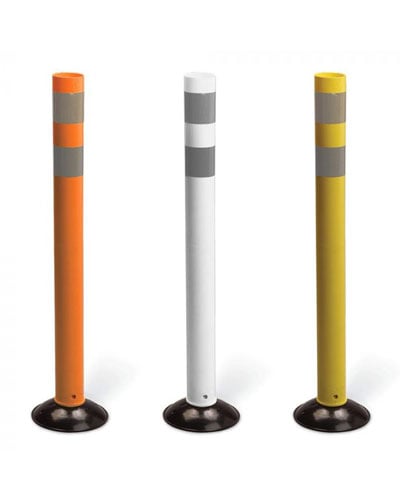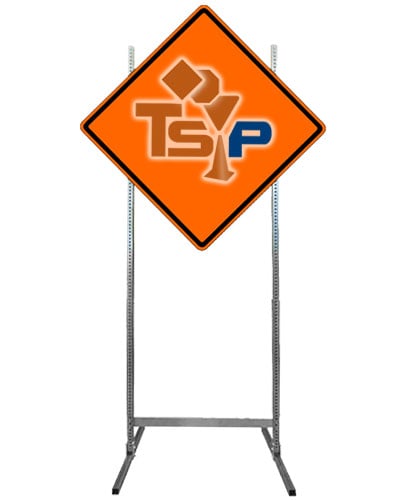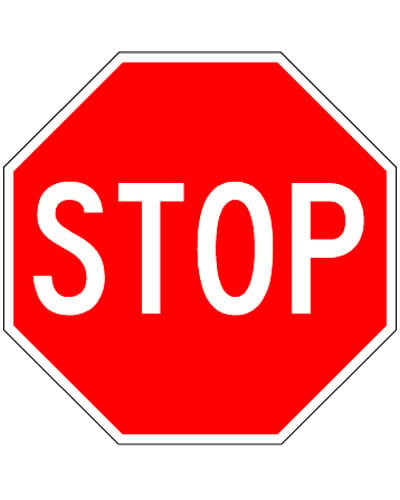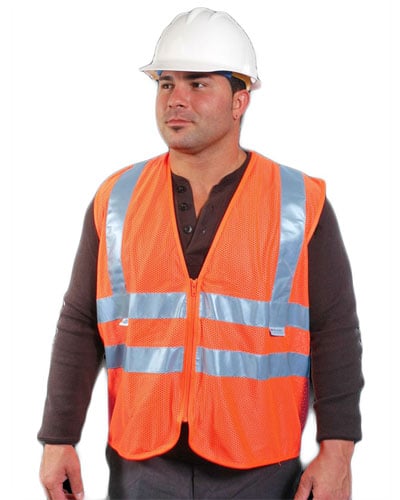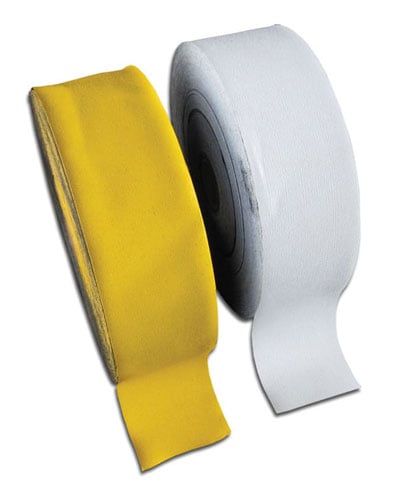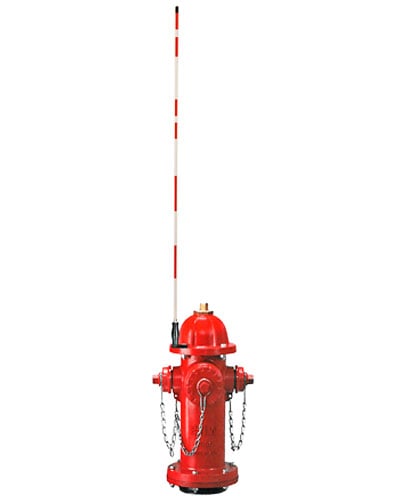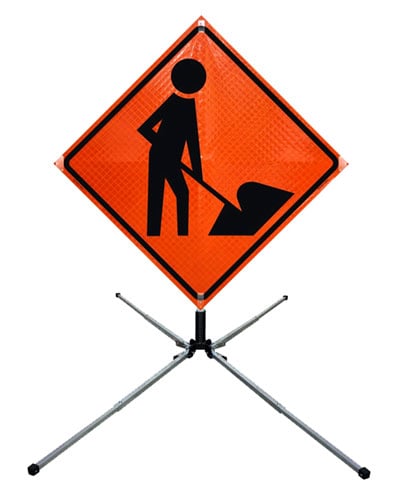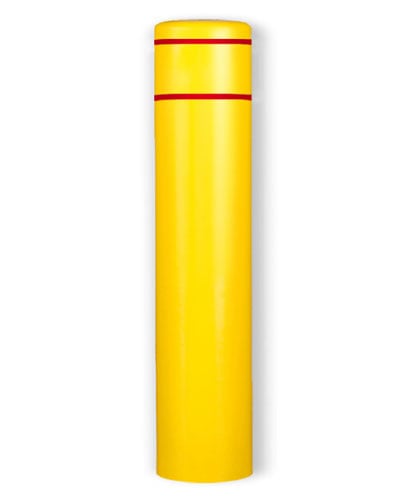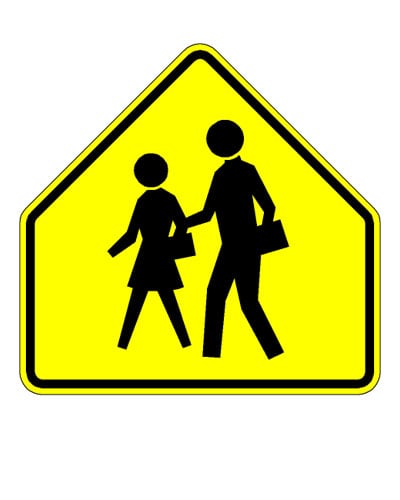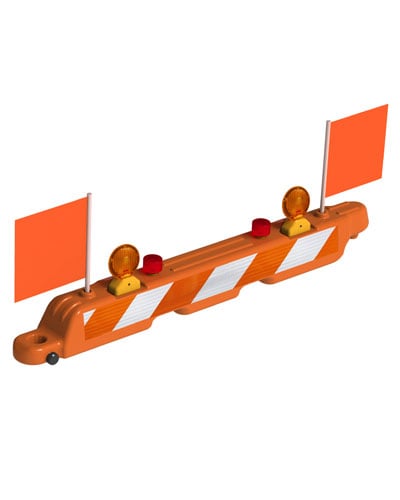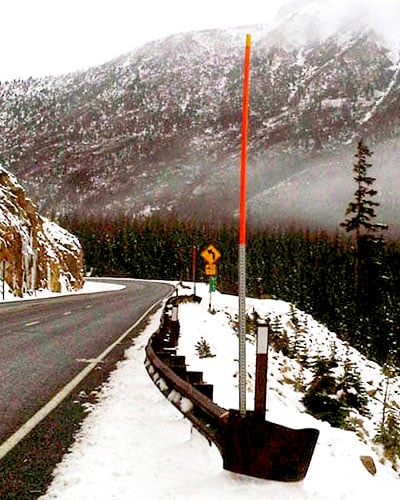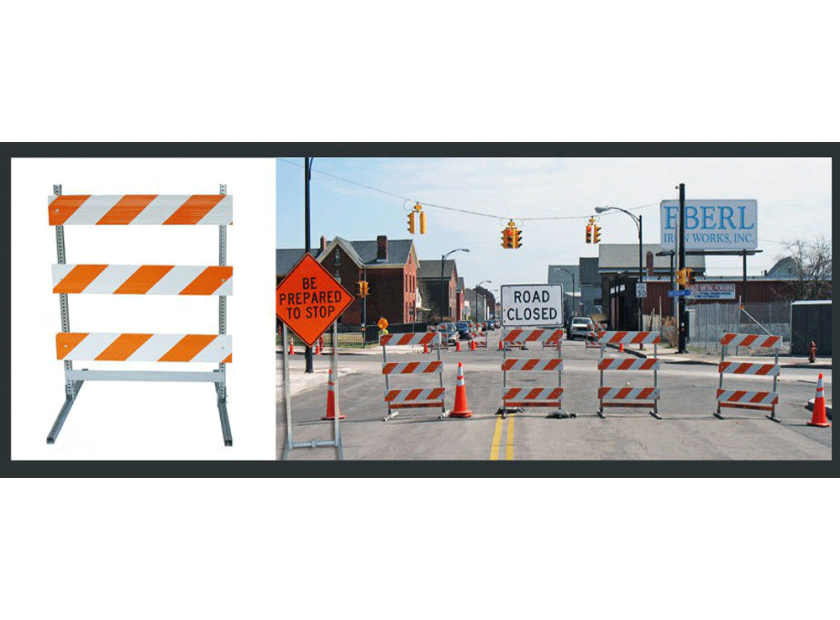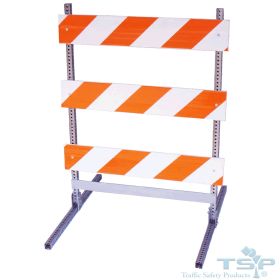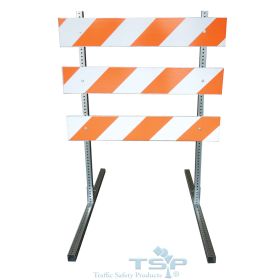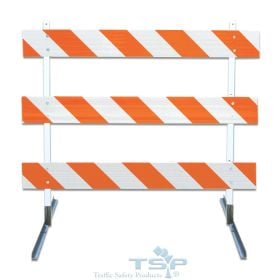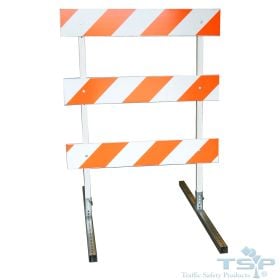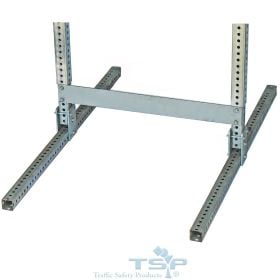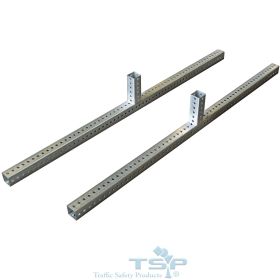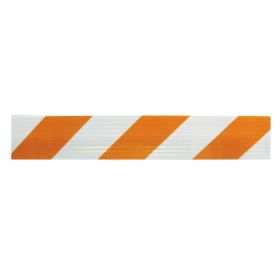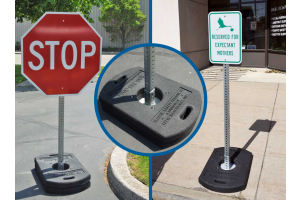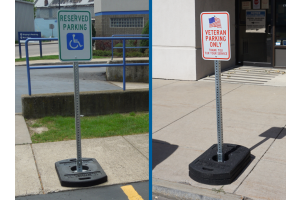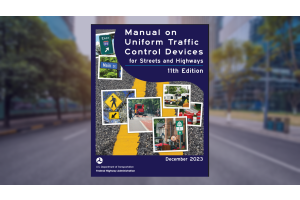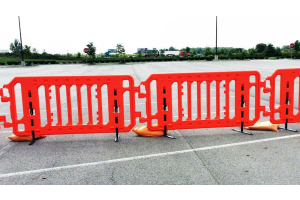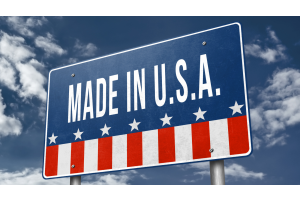Type III Barricades for Safer Road Construction
Type 3 Barricades & Other Channelizing Devices save lives!
Type 3 Barricades are a type of traffic control device, which the current MUTCD (2009 edition) defines as: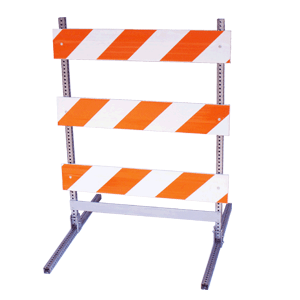
“a sign, signal, marking, or other device used to regulate, warn, or guide traffic, placed on, over, or adjacent to a street, highway, private road open to public travel, pedestrian facility, or shared-use path by authority of a public agency or official having jurisdiction, or, in the case of a private road open to public travel, by authority of the private owner or private official having jurisdiction.”
Channelization refers to the systematic organization of conflicting traffic patterns (vehicles moving in opposing directions, turning traffic, etc.) into defined, regulated patterns. There are numerous reasons why channelizing devices are used, but chief among them is safety.
Type 3 Barricades, and other channelizers, reduce the frequency and the severity of accidents, improving overall safety for vehicles and for pedestrians.
The Federal Highway Administration (FHWA) is in charge of publishing a set of federal guidelines regarding proper procedures for maintaining safe roadways called the Manual on Uniform Traffic Control Devices, or MUTCD (quoted above).
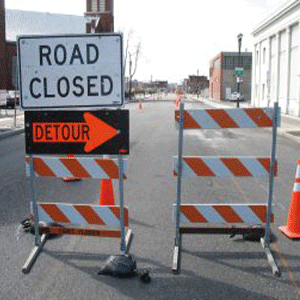 According to the MUTCD, Type 3 Barricades are required in order to form road closures at detour points.
According to the MUTCD, Type 3 Barricades are required in order to form road closures at detour points.
Type 3 Barricades are used in Construction Zones or Work Zones, in conjunction with other types of channelizing devices such as: traffic cones, drums, and signs meant to warn people of road closures in advance of the barricades.
Check out our WorkZone Safety Products category for a complete listing of products for use in construction or work zones.
They are most commonly manufactured out of steel, plastic or a combination of these two materials, and their designs, in addition to meeting strict dimensional requirements, are also required to pass a set of crash testing standards before they can be approved for use.
These crash test guidelines, put out by the National Cooperative Highway Research Program (NCHRP) – a partner of the FHWA – are designed to ensure that, when struck, the barricades will pass, safely, either underneath the vehicle or over the top of it, without endangering the vehicle’s occupants. Type 3 Barricades must pass the NCHRP-350 test level, which tests against vehicles traveling at the speed of 62.5 mph.
As you might infer, the ‘three’ in Type 3 Barricade refers to the number of striped panels, or ‘boards’, that the device is required to have. Boards are at minimum 4 feet in length, but can be up to 12 feet long. The striping on these panels is reflective, to increase visibility, and there are several different grades of reflective that can be used, depending on the application.
- Engineer Grade reflective sheeting is used on lower speed, lower volume roadways in daytime applications
- High Intensity and Diamond Grade reflective sheeting are used in more challenging applications (high speed, high volume, and night-time conditions), because they provide better visibility
Another thing to take into consideration about Type 3 Barricade boards is that the sheeting on them is directional; it is meant to direct the flow of traffic around the barricade to one side or the other.
The boards themselves can be sheeted on one, or both sides, depending on whether the barricade is needed for omni-directional (one-way), or bi-directional (two-way) traffic.
Eberl Iron Works manufactures our own Steel Type 3 Barricade, utilizing Telespar Square Tubing, along with breakaway hardware and tough corrugated plastic boards, for a system that is durable, safe and easy to assemble (and take down for storage).
We also offer replacement parts; making is easier to reuse existing barricades - even after they have been hit.
